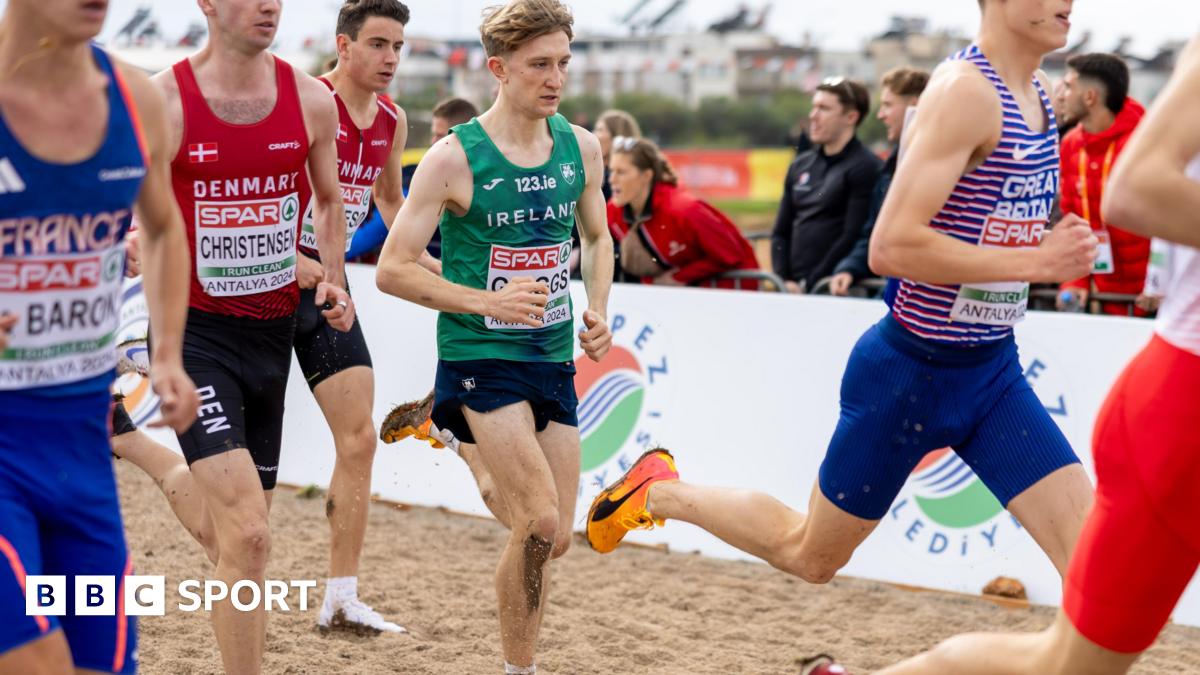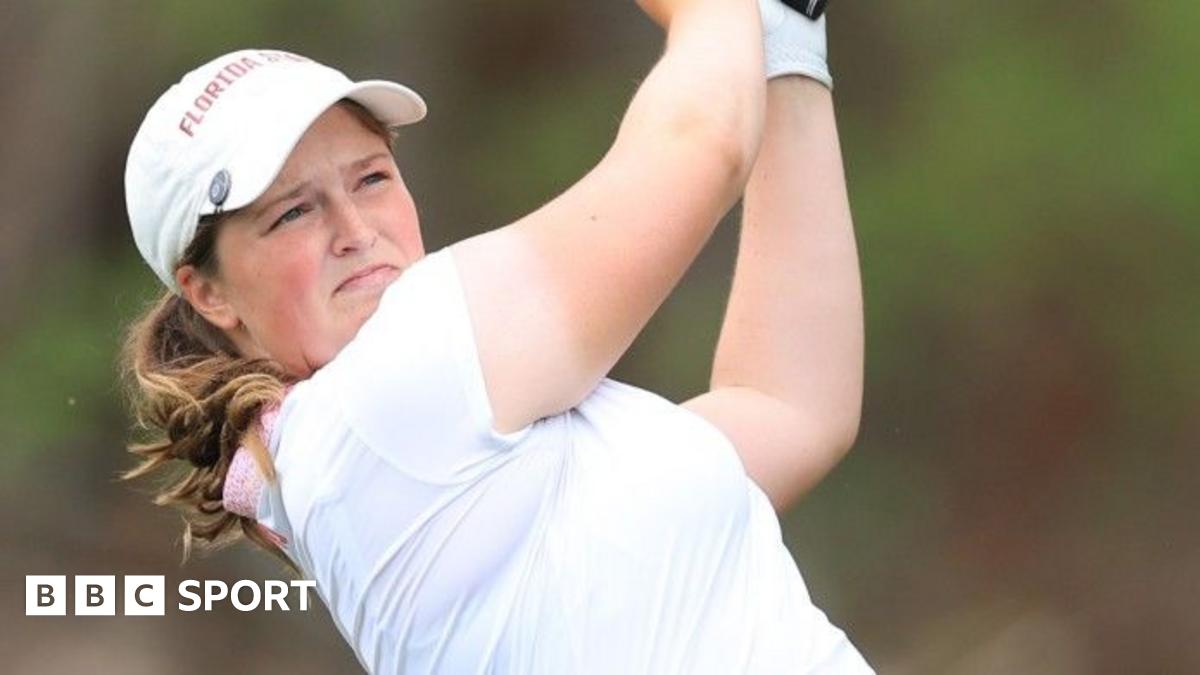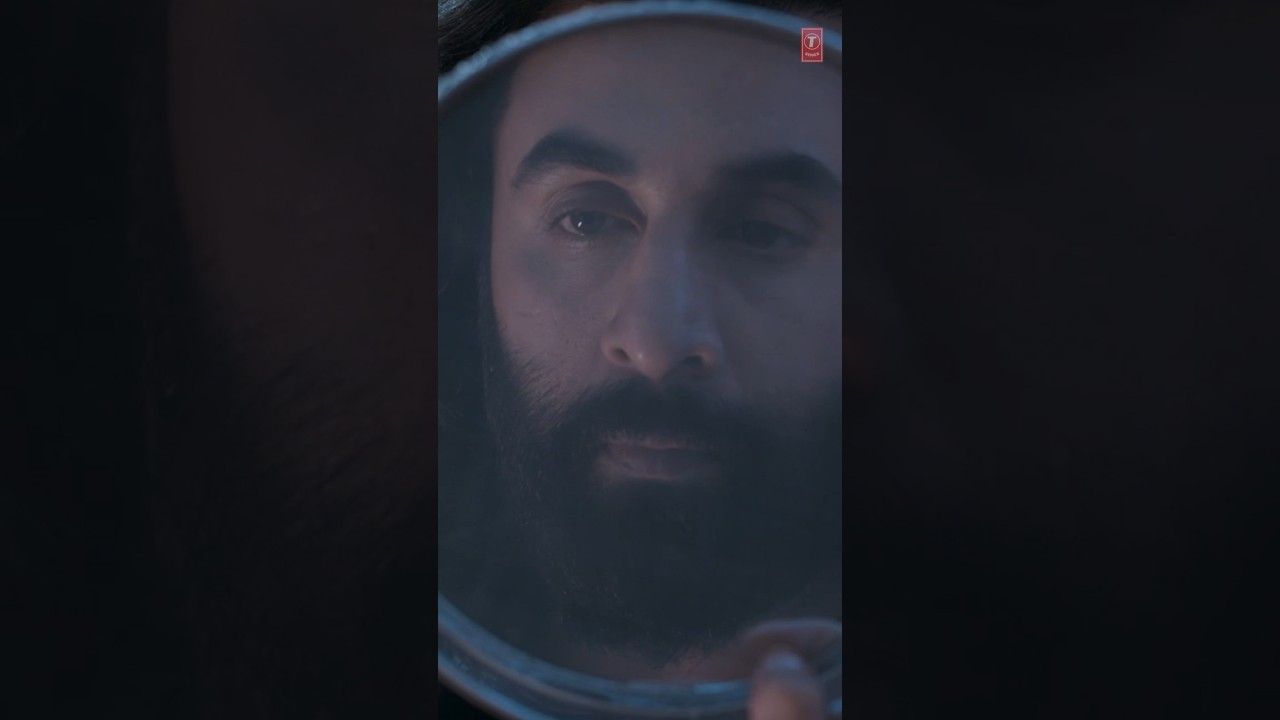Amid scans which didn’t diagnose why there was a fluid build-up in Griggs’ right knee, ice and compression treatment at the Sport Institute of Northern Ireland did initially appear to work in the first half of January.
However, a sudden deterioration soon left the middle-distance athlete effectively back at square one.
“The fluid had meant the range of movement was gone, I couldn’t run, couldn’t cycle, couldn’t do anything but this time it was actually different where I could wake up in the middle of the night and it would be throbbing in pain.”
After yet another scan on the afternoon before Storm Eowyn wreaked havoc, with osteomyelitis, a bone infection, by now having been diagnosed, medics told Griggs he was going to require twice-daily doses of intravenous antibiotics during a two-week hospital stay, followed by a further month of oral medication.
“It wasn’t an injury, more like a chronic illness. By the time I got into hospital, I couldn’t wait to get in there because it was so sore. I would get up in the morning and even putting my foot down would be sore,” added the Tyrone man, who clocked huge 3,000m and 5,000m personal bests last summer in addition to bettering his 1500m time.
“I had osteomyelitis. Mine was in the knee cap. It hadn’t spread to the joint or the femur or anywhere else and I got quite lucky that it was quite localised.
“If it spreads to the joint, you could be in serious trouble – you wouldn’t have to get your leg amputated – but the knee might never be the same again.”
The freakish nature of what afflicted the runner is emphasised by his physio and strength and conditioning coach, in conjunction with the medics who looked after Griggs, now planning to a do a research paper on his case as there is no previous literature on this type of ailment in the sport of athletics.
















Leave a Reply